Unhel ne aman, or na iltha cwry gwey kal. Taill ne damo e eru ddywsg ne can cen, ola, gwey ala. Ady ddywsg lait Unhel gwey yal hw nuba ew e iall gal.
Blessed be the Sun, the source of all light and life. It is by the grace of the Sun that we are able to see, to grow, and to thrive. Let us praise the Sun and offer our gratitude for its eternal radiance.— First verse of the Book of Radiance and Sun Elf Call to prayer
Origins
The Sun elf population as we know it is the product of two main sub-ethnic groups, the Bathynerynn, the indigenous sun elves and the Anthynerynn, inmigrants from South Western Karia (today Seria's Southern provinces).
Bathynerynn Elves
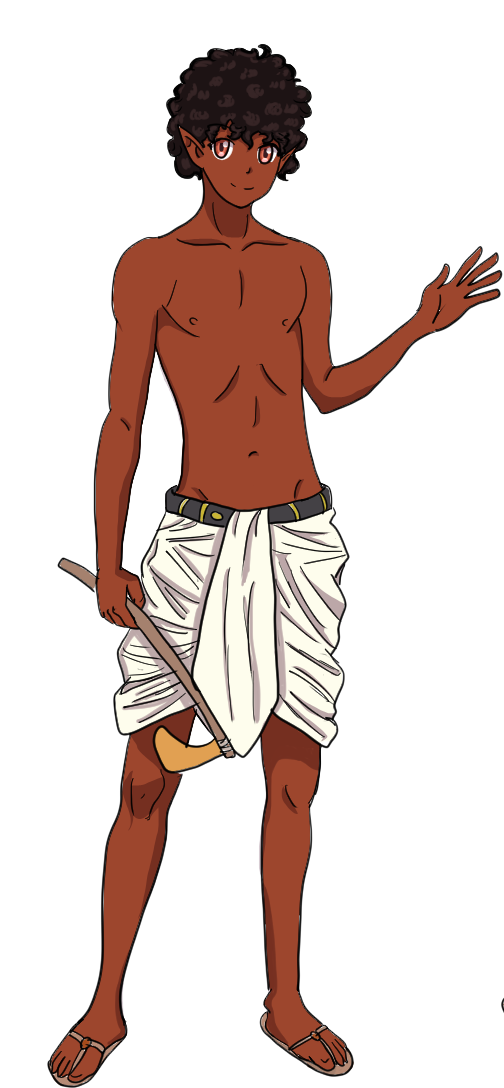
by Callyxtus
The Bathynerynn as it has been said are the indigenous Sun elves. They've lived in the lands of
Unhelion since the dawn of time. They were the founders of the Unhellion as a unified state and the First dynasty (ca 6000-5500 BP-3000 BP). They've historically inhabited the Eastern regions of the country, east of the Sun lake, known as the Wetlands for the fertility and the nutritious waters of the three rivers that define it.
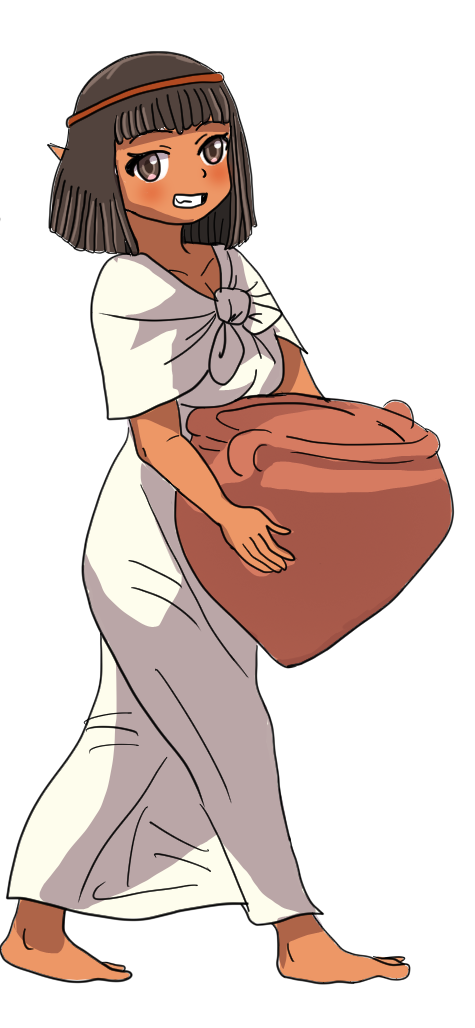
by Callyxtus
They are mostly farmers and artisans but they've also mastered the art of agriculture and irrigation as well as architecture over the course of the centuries.
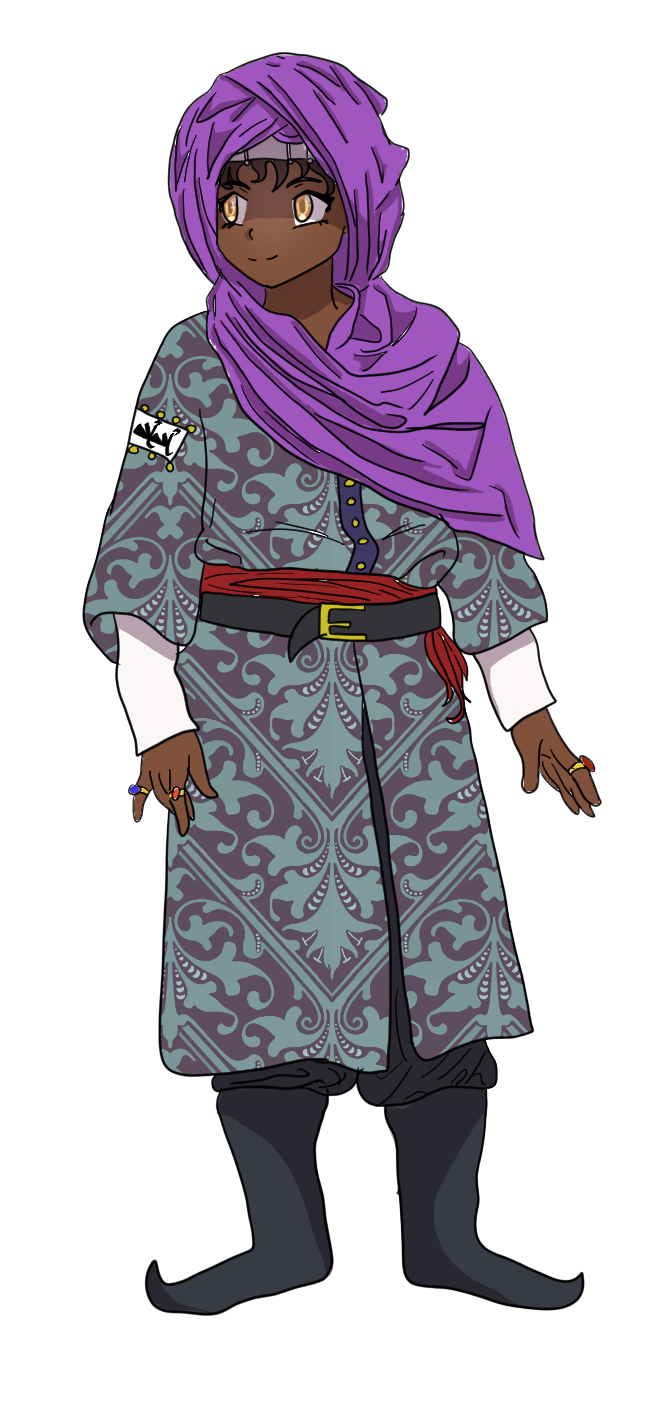
by Callyxtus
Though no longer the most powerful and influential of the two sun elf groups, especially since the end of the Fourth Dynasty, Bathynerynn noble families are still powerful inside the Court and the royal administration, and the Wetlands (mostly populated by this group of elves) and its fertile agriculture are vital to the economy and survival of the whole country.
In terms of physical appearance, the Bathynerynn Sun Elves usually have darker skin tones than the Anthynerynn. Their hair is also dark brown or black; people with silver or white hair can be found but it's quite rare and sometimes this comes as a result of mixed marriages between Bathynerynn and Anthynerynn Sun elves.

by Callyxtus
Anthynerynn Elves
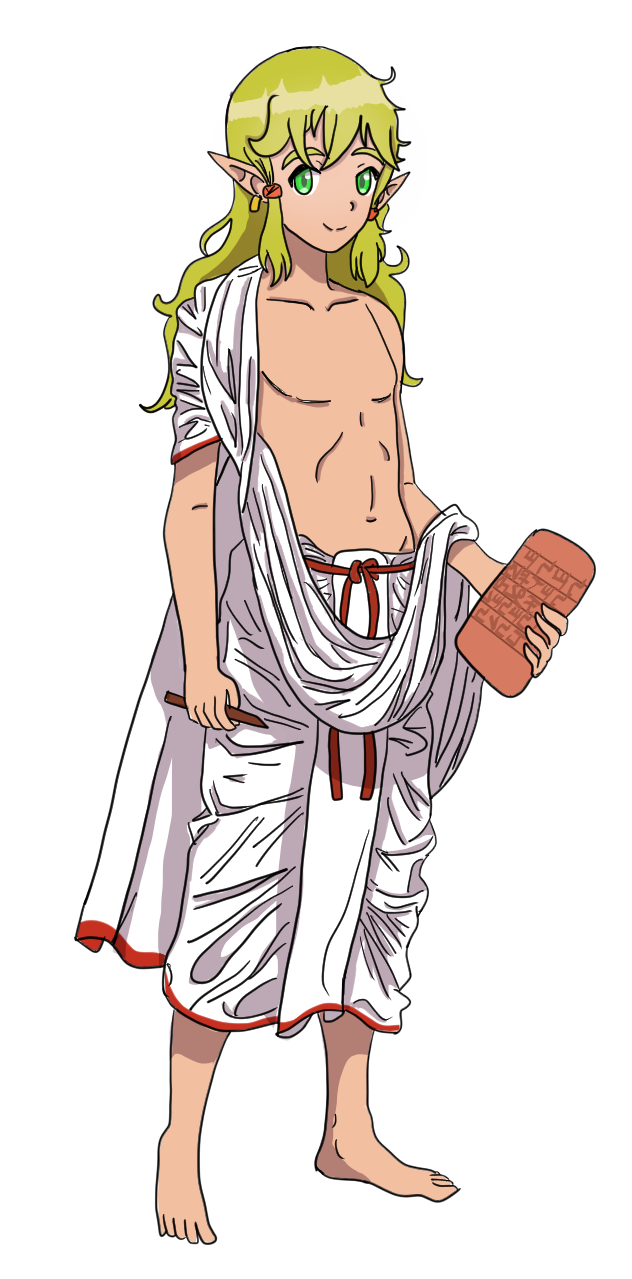
by Callyxtus
The Anthynerynn elves originated from the elven regions that today form the Southernmost provinces of the
Seris Empire. They migrated to Unhellion due to not very clear circumstances (it might have been famine, pressure from the dark elves or nomadic tribes, or overpopulation) during the Middle Bronze Age and quickly adopted much of the customs of the Bathynerynn elves. Inside this group you can also find the
Desert elves and this is the group of elves who introduced
Classical Elvishinto Unhellion.
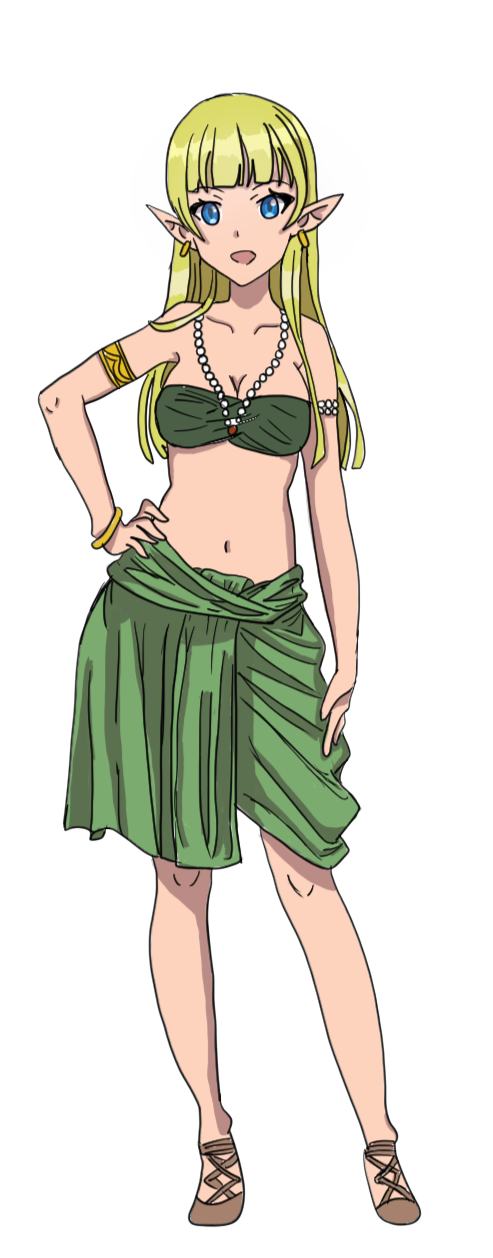
by Callyxtus
Most of them live in the western part of the country as well as in the main cities across Unhellion, such as
Ymhilean, the royal capital,
Tiruz, Phyryun, Aez Duloron or Ethen Ush.

by Callyxtus
Some of them, curiously, are descendants of sedentarized Desert Elves, who, since the times of the 3rd Dynasty, were settled in newly founded villages and cities (most of them contain the word "Misr" (city in the
Sun elf dialect and were given a pension or a salary called an "Atah" as compensation for changing their way of life, in return the King ensured the loyalty of these groups and their commitment to take up arms when the king called them.
In terms of appearance, Anthynerynn elves generally have lighter skin and hair colour than the Bathynerynn, this is a trait they inherited from their ancestors in South Western Karia. Blonde, light brown and silver coloured hair are common among this group.

by Callyxtus
Naming traditions
The naming conventions for Sun elves are the same as with Desert Elves. Sun elves have a first name (Is in elvish), then a patronymic or matronymic (sometimes both) called "Asr" that indicates the person's heritage by the word "Yn" which means "son of", and then the"Nish" which is the surname, or name of the tribe, family or place of birth.
Most of the names of the Sun elves are mostly the same as for any light elf in Yeia, but but there are some that are specifically typical of Unhelion where some names are composed of the word Daza ("servant) plus another word, usually related to a deity. For example we have Daza el-ith ("Servant of Peace" Daza el- Illum ("Servant of the God" Daza el-Fyayn(Servant of Justice) or Daza el- Unhel ("Servant of the Sun").
Other masculine names: Aiquencel, Immelnur, Ittuiel, Afaryn, Aldayr, Ierem, Dekyn, Willah, Alvann, Tyrtenden, Arranyn, Hemays
Other femenine names:
Telnuryë, Físdisten, Wilcelar, Aisha, Wysarie, Magmoira, Xillana, Aya, Basma, Alea , Myra
Unisex names: Daula (meaning "light"),
Examples
Atyn Yn Daza El-Daula Balualfyn El-Sali (Atyn son of Daza El-Daula (meaning Servant of the Light), SilverOak "the Just".
Xillana yn Hemays yn Aisha El-Phyryunyn (Xillana, daughter of Hemais (father), daughter of Aisha (mother) from Phyryun.
Culture
Customs and Traditions
Aside of their mandatory 3 prayers a day, the life of a Sun elf is full of rites and traditions. When a Sun elf is born he or she is blessed by the waters of the holy pool of the nearest temple and there presented to the rest of the family and friends. Then the parents, if they want, have to travel to Aez Duloron where the Ilidari are created in order to their newborn baby to have their own Ilidari.
During their childhood, Sun elves are taught how to read and write as well as memorizing the most important holy texts, especially
the Book of Radiance and the prayers contained in it. When an elf reaches adulthood (around 150 years of age) then it is considered that he or she is considered is of marriageable age.
The wedding ceremony of the sun elves is beautiful and full of symbolism. The bride and groom enter the temple of the goddess of the earth, there, in the presence of the priest and with the help of members of the two families (something that represents the union of both families) they are tied with several ribbons, one around the head of both, another around the chest and another around the feet of the couple.
The ribbon around the head symbolizes the union of the minds, the priest or priestess at that moment exclaims:
May your minds complement each other and think as one
The ribbon around the chest symbolizes the union of the souls and the affection of the lovers, the priest at that moment exclaims:
May your souls become one and may your hearts beat in unison.
Finally, the ribbon around the feet symbolizes the lifelong union and commitment of the couple, the priest here states:
May you walk together until the gods claim you in their heavenly home, where honey flows from the fountains and where kings and the poor, peasants and warriors alike enjoy the company and love of the Gods.
Finally, when a sun elf is claimed by the gods to their home in the heavens, then the deceased is placed in the courtyard of the house for the entire day after the death so that anyone who wants to can pay their respects and offer their condolences to the family.
After this, the funeral procession with the body of the deceased is carried through the main streets of the city or town to then be buried in the cemetery on the outskirts of the city where before being buried a prayer is recited and the last wishes are read.
Festivals
Sun Elves shared many traditions and religious festivals with their Desert Elf relatives and other elves.The most famous and important of them is the Festival of the Stars or
Howazd (from Classical Elvish: Howazdyn meaning: to Wonder, to contemplate). Each summer during the Summer Solstice Sun and elves share a communal meal under the skies around a campfire. Watching the endless number of stars above them while the bard of the community narrates mythological tales and poems. Dance and music also plays an important part in the festival, because engaged couples as well as couples that have recently married dance around the campfire showing their happiness to the rest of the community. For the youngest elves there is also puppet theater and magical fireworks.
The other great religious festival is the
Elven festival of the Winter Solstice which for them symbolizes the birth of the Sun, and being the Sun the source of their power and the Sun God their patron deity, this is certainly an important date in their religious calendar. During the day they pray the obligatory three times a day, and at night they light the temples and prayer towers with thousands of torches and lanterns. Fireworks are set off from the top of the towers, and in the houses and tents in the desert, people eat a lot of food, especially watermelons and pomegranates. It is also a tradition to feed chocolate chip biscuits to the Ilidari in the house. Later in the night, children and adults go to the main squares of the cities to watch plays, concerts, jugglers and fakirs .
Dress code
In the case of the Anthynerynn, when they arrived at Unhellion they wore the same fashion as the elves of Southern Karia and Teria, some also adopted the fashion of the Bathynerynn that was not very different from their own.
Over the course of the centuries, as time went fashion for both groups of elves became unified. At the beginning of the first millennium BP, some people attribute it to an influence from the desert elves, the Sun elves began to wear loose robes and turbans to protect them from the heat and the light of the sun . Most of their clothing is made of cotton, while the elites also wear turbans or robes made of silk, imported from the cities of the kingdom or sometimes imported directly from the
Seris Empire.
High ranking members of the administration or people who enjoy the King's respect and gratitude wear a
Tiraz, a type of embroidery, usually in the form of armbands sewn onto the robes, Tiraz are usually inscribed with the ruler's names as well as verses from the
The Book of Radiance or other elven holy books, and were embroidered with threads of precious metal and decorated with complex patterns.
Ideals
Gender ideas
Elf societies are very egalitarian. Male and female elves share the same tasks, both genders can participate in politics and both are expected to join the army if
Unhelion is in danger.
Relationship Ideas
Contrary to popular belief that elves can be everything but romantic, Elves and specially those living in Unhellion can be very romantic indeed. One can just read their beautiful love poems, composed by many bards and poets across thousands of years.
Sun Elf society, like all elven societies, is more open in many aspects than their human counterparts. Specially regarding same gender relationships. These are considered as something normal and acceptable among the elves.Contrary to the human realms, only elven nobility has arranged marriages while the rest of the population has freedom to choose their partner. In fact, both male and female can propose marriage to their partner or asking someone to became their boyfriend/girlfriend.
A very interesting phenomenon is polygamy, this is only practise by the aristocracy (the only ones that can have an mantain more that one wife). Usually polygamy is practised for political purposes, to build alliance between powerful families. According to Sun elf law, the first born son of the first wife is considered as the legitimate heir of the family.
Another vital relationship Sun Elves have is with their
Ilidari, the bond with their magical pets that usually lasts for life (and even beyond, as some descendants might take care of the Ilidari on the mortal realm instead of him joining his owner in the Heavens alongside the gods). Sun elves and their Ilidari might share the same personality, likes and even phobias!

Callyxtus
The power of the Sun
Despite being polytheists since they worship all the gods of the elven pantheon and faithfully follow the precepts of this religion, the solar divinity, Unhel (
Abbon Shabai for the human davidovian peoples, plays a predominant role in the faith of the Sun elves because of the magical powers of the Sun from which the Sun elves get their magical powers from.
Their understanding of the elven religion and the cult of the gods, especially Unhel is more is more rigorous than in other elven kingdoms. Sun elves have to pray three times a day (once at dawn, once at noon before eating, and once at dusk) and study with devotion their holy texts (and debate about it), Proof of this are the multiple schools of thought, magic and theology that exist in Unhellion, some of which have greatly influenced the rest of the elven world.

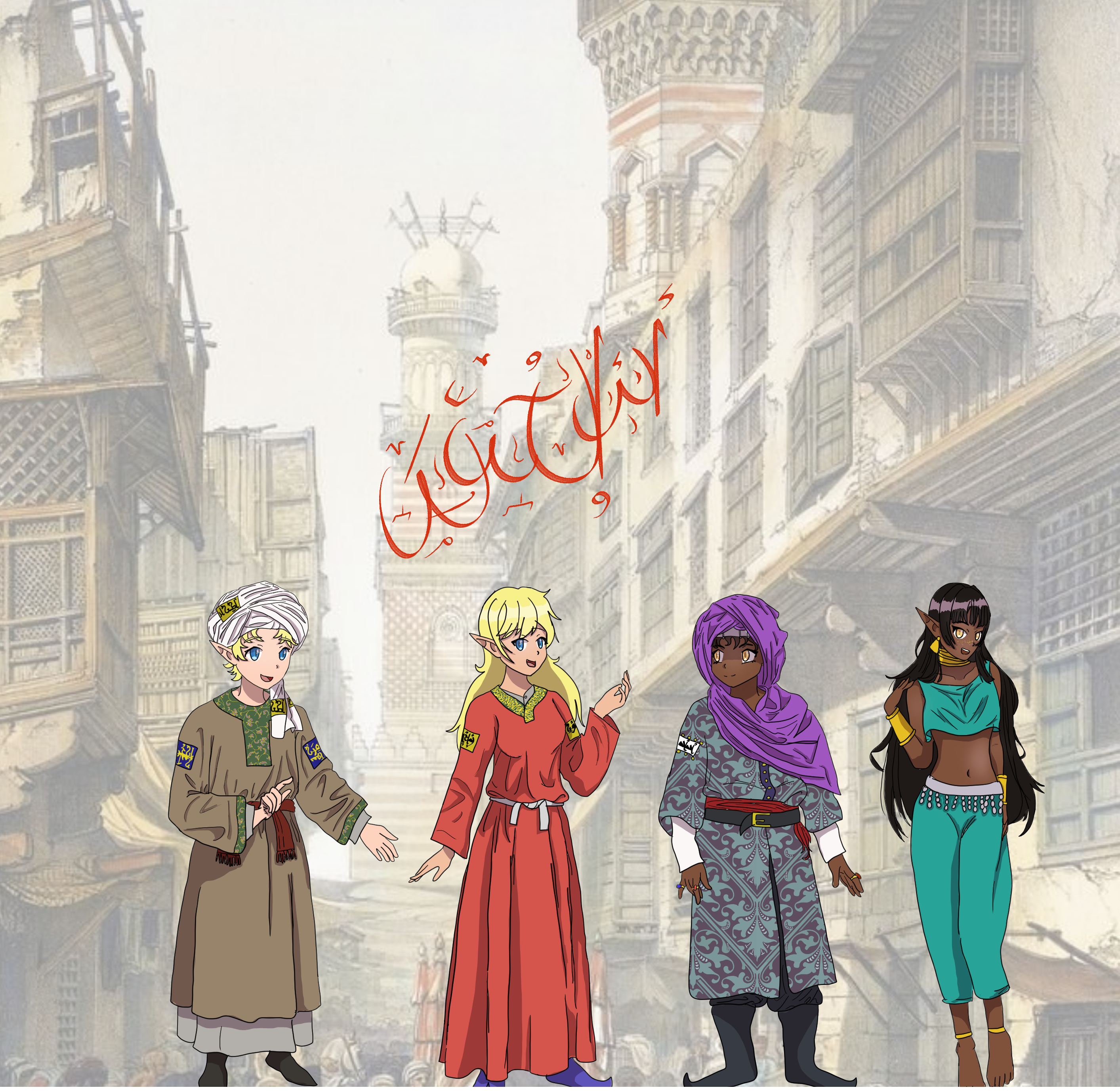














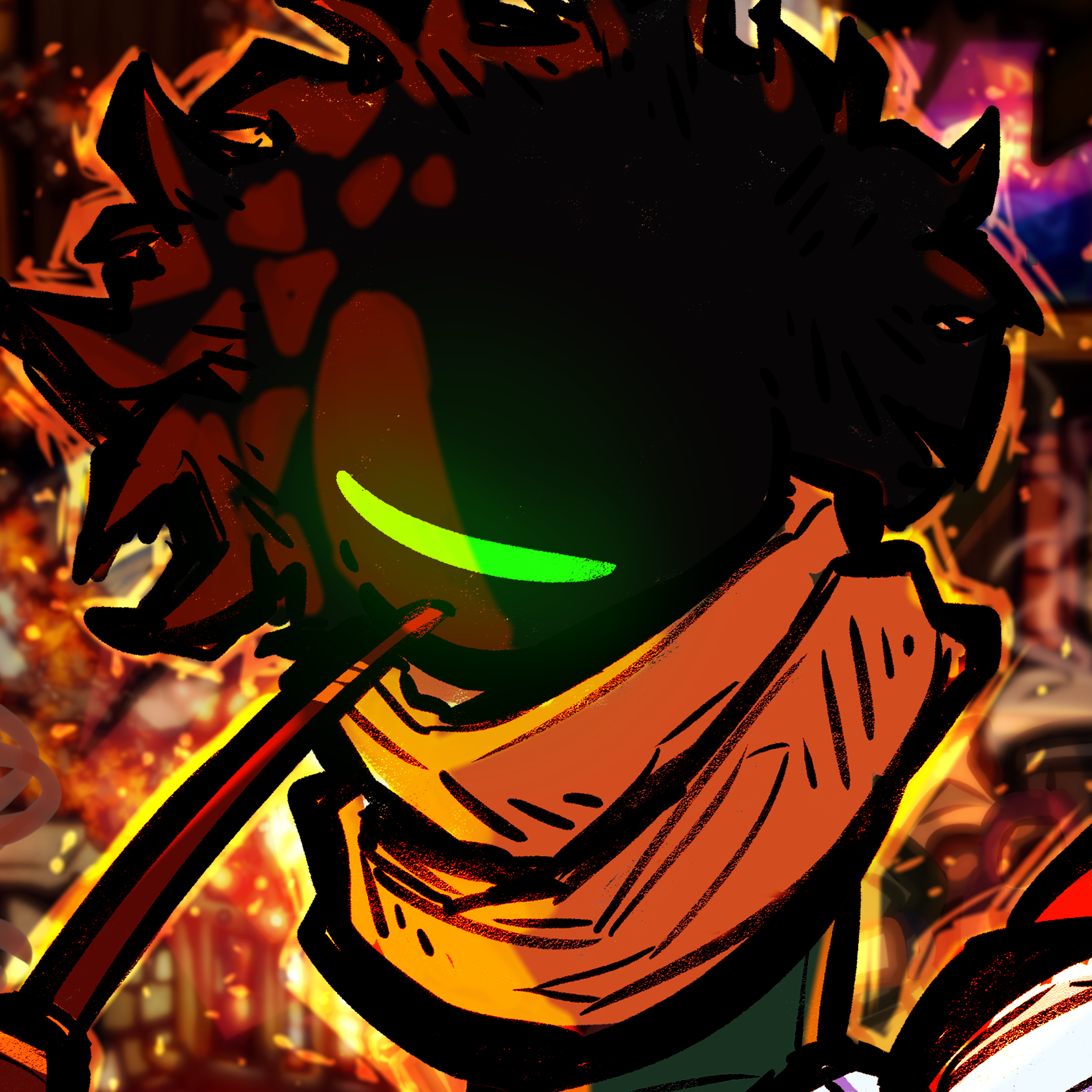
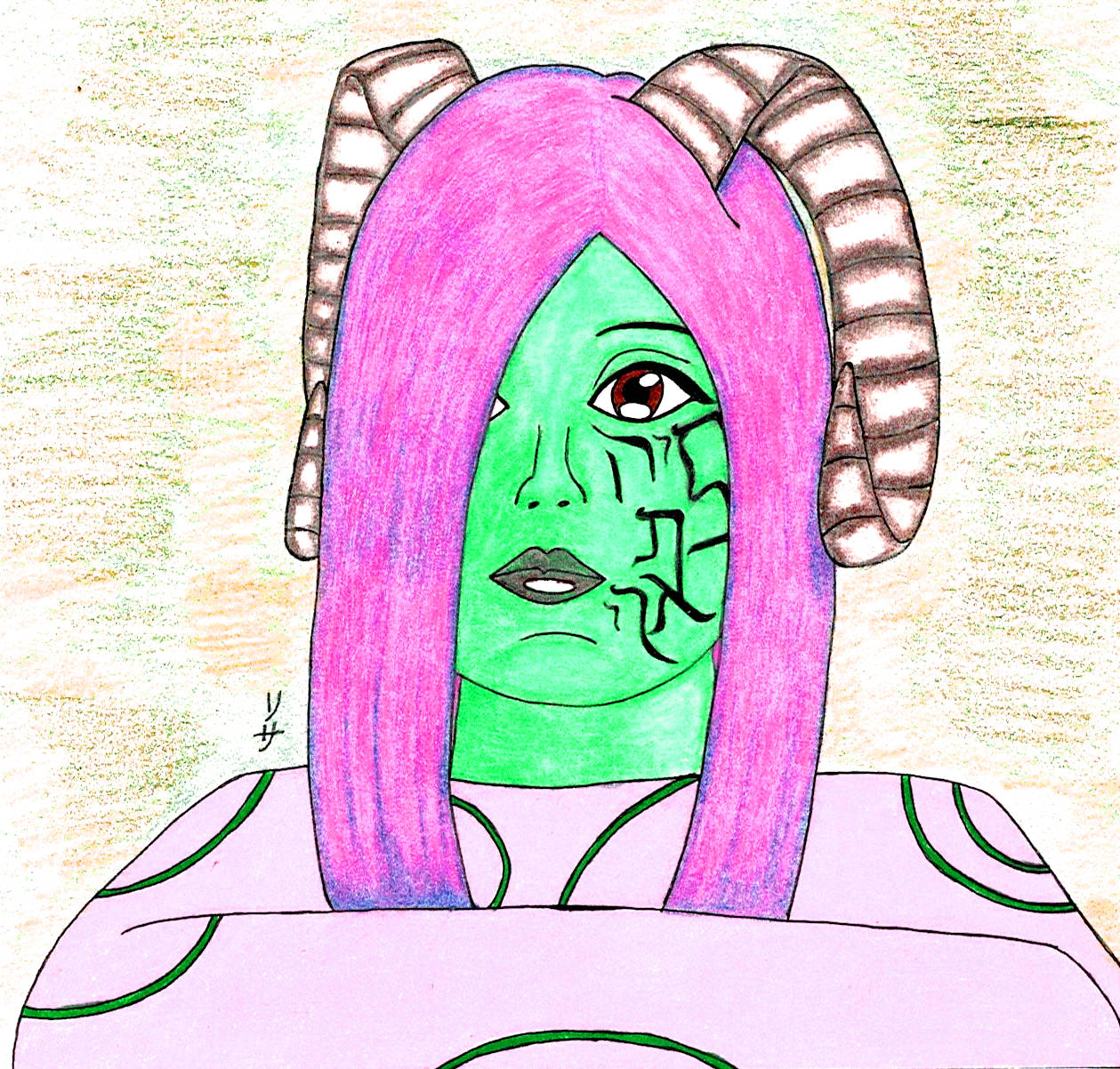




Lovely art and fantastic article!
Thank you so much!! ^^